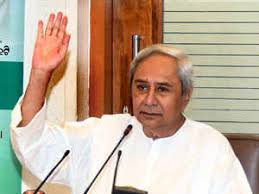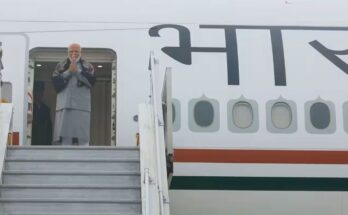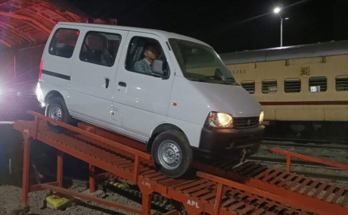Samikhsya Bureau
On April 23, when polling was on in six Lok Sabha and 42 assembly seats in Odisha, Prime Minister Narendra Modi addressed a rally in Kendrapada Lok Sabha constituency, which will go to polls on April 29. He declared that chief minister Naveen Patnaik, who has ruled the state for 19 years, was on his way out.
As Modi was making such a big announcement, probably the people of Odisha had already made a decision about Patnaik.
So far elections for 15 Lok Sabha and 105 assembly constituencies have been completed in the state in the last three phases. Feedbacks from the grassroots and different credible sources seem to point to depressing results for Modi’s party.
According to the sources, the Biju Janata Dal has already near the halfway mark after the first three phases of polling as far as assembly seats are concerned. Whatever the BJD gets in the last phase on April 29 will be a bonus, they say.
The feedback about the number of seats may not be 100 per cent true but it is indicative of the polling trend in Odisha. Another interesting aspect of this trend is that the BJP and Congress are neck in neck though they seem to be far behind the BJD. This is surprising considering the fact that the election campaign of the Congress was quite lacklustre while that of the BJP was aggressive.
In many areas the BJP seemed to have a clear edge before the polls due to ‘Modi’ factor. But after the polls, it looks like the BJD has garnered more votes due to its strong election machinery. The assembly segments under Kalahandi Lok Sabha constituency are cases in point.
Before the election, a strange binary of voting for the BJD in the assembly and for BJP in Lok Sabha had developed in many areas but that had probably not materialised at the booth, and the BJD is expected to retain its supremacy in Lok Sabha too.




